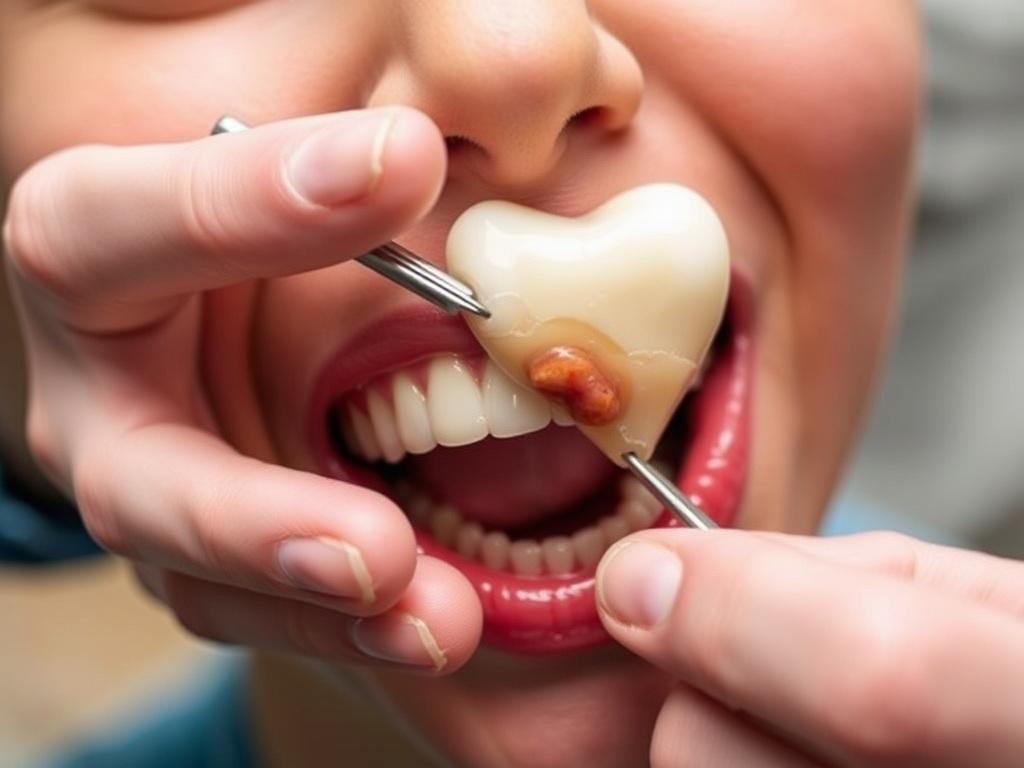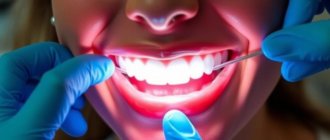Losing a tooth is never a pleasant experience, especially when it happens suddenly after an accident or injury. When a tooth gets knocked out, the shock can leave you unsure about what to do next. Should you rush to the dentist? Can the tooth be saved? Understanding the right steps to take when a tooth is knocked out can make all the difference between saving your natural tooth and needing a costly replacement later. In this article, we’ll walk through everything you need to do immediately after a tooth is knocked out, how to store and handle the tooth, and when to seek professional help. This guide will help you stay calm, act quickly, and maximize the chances of saving your tooth.
Содержание
- 1 Understanding Tooth Avulsion: What Does It Mean When a Tooth Gets Knocked Out?
- 2 Step-by-Step Guide: What to Do When a Tooth Gets Knocked Out
- 3 What Not to Do When a Tooth Gets Knocked Out
- 4 How to Store a Knocked-Out Tooth: The Best Methods
- 5 Why Immediate Dental Care Is Crucial After a Tooth Gets Knocked Out
- 6 Common Questions About a Tooth Getting Knocked Out
- 7 Additional Tips to Prevent Tooth Avulsion and Protect Your Teeth
- 8 What to Expect at the Dentist After a Tooth Gets Knocked Out
Understanding Tooth Avulsion: What Does It Mean When a Tooth Gets Knocked Out?
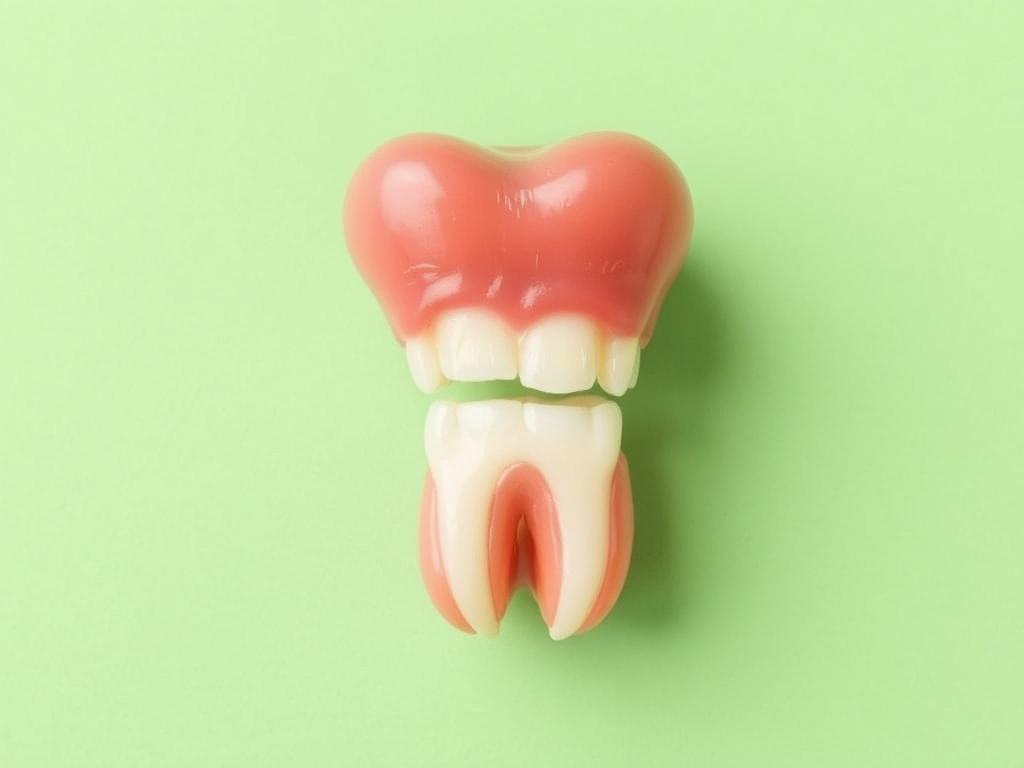
Before diving into what to do when a tooth gets knocked out, it’s important to understand the term “tooth avulsion.” Tooth avulsion occurs when an entire tooth is completely dislodged from its socket in the jaw. It is one of the most severe forms of dental trauma and demands immediate action. Avulsed teeth are more common in children and teenagers due to sports injuries or active play, but adults can experience it too following accidents or falls.
The key to saving an avulsed tooth lies in how quickly you respond and proper handling of the tooth after it has been knocked out. Unlike a cracked or chipped tooth, a knocked-out tooth is essentially out of the mouth, severing the connection between the tooth root and surrounding tissues. But, if treated correctly within a short window of time, the tooth can often be replanted by a dentist.
Step-by-Step Guide: What to Do When a Tooth Gets Knocked Out
Panic is natural when you or someone near you suffers from a tooth getting knocked out. However, staying calm and following the right steps can improve the prognosis significantly. Here’s a straightforward, step-by-step guide to handling an avulsed tooth.
Step 1: Find the Tooth and Handle It Carefully
The very first thing to do is to locate the tooth that has been knocked out. Handle it by the crown (the chewing surface) rather than the root to prevent damaging the cells necessary for reattachment. Avoid touching or scrubbing the root.
Step 2: Rinse the Tooth Gently
If the tooth is dirty, rinse it gently with saline solution, milk, or clean water. Do not use soap, alcohol, or any disinfectants. Avoid scrubbing or drying the tooth as it can damage the periodontal ligament cells.
Step 3: Reposition the Tooth If Possible
If you feel comfortable and it’s not too painful, try to reinsert the tooth firmly back into its socket immediately. Be careful to place it in the correct orientation. Hold it in place by biting down gently on a clean piece of cloth or gauze.
Step 4: Keep the Tooth Moist
If you cannot reinsert the tooth, it’s critical to keep the tooth moist until you get to a dentist. The best liquid to store the tooth is cold milk, as it helps preserve the periodontal ligament cells. Alternatively, you can place the tooth in your mouth between your cheek and gums, but avoid swallowing it. In emergencies, store it in saline or even tap water – although milk is generally preferred.
Step 5: Get to a Dentist Immediately
Time is of the essence when a tooth gets knocked out. Try to see a dentist within 30 minutes to an hour if possible. Early intervention maximizes the chance of the tooth being successfully replanted.
What Not to Do When a Tooth Gets Knocked Out
In the confusion of the moment, it’s easy to make mistakes that reduce the likelihood of saving the tooth. Here are some important things not to do:
- Do not scrub or dry the tooth.
- Do not touch or hold the root of the tooth.
- Avoid storing the tooth in alcohol or disinfectants.
- Do not wait to visit the dentist; time is crucial.
- Do not try to reinsert the tooth if the person is unconscious or unable to cooperate safely.
How to Store a Knocked-Out Tooth: The Best Methods
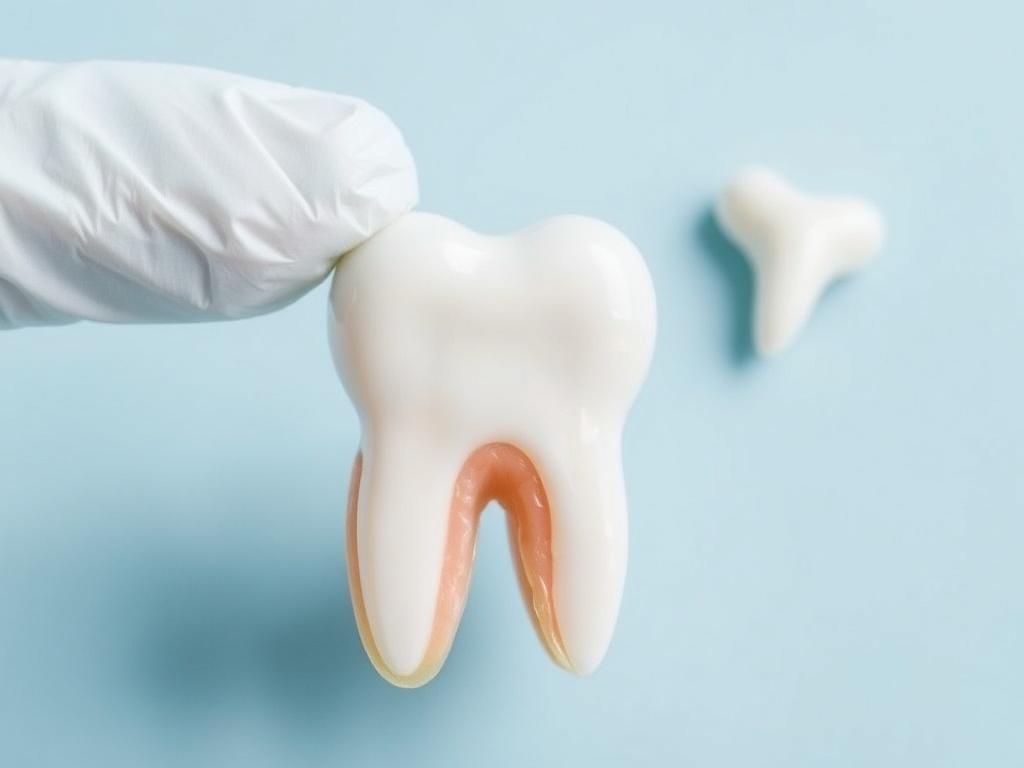
Proper storage of a knocked-out tooth before seeing a dentist can significantly influence whether the tooth can be saved. The ideal storage medium keeps the tooth’s periodontal ligament cells alive without causing additional damage.
| Storage Medium | Why It’s Good | How to Use It | Notes |
|---|---|---|---|
| Cold Milk | Rich in nutrients, maintains pH balance, preserves cells | Place tooth in a clean container filled with cold milk | Use pasteurized milk if possible |
| Saline Solution | Isotonic and safe for cells | Store tooth submerged in sterile saline | Often available in first aid kits or hospitals |
| Saliva (Inside Mouth) | Maintains moisture and temperature | Place tooth between cheek and gum | Not ideal for children or unconscious patients |
| Tap Water | Readily available | Rinse tooth if dirty, then store briefly in water | Should only be used if no other options are available |
Why Immediate Dental Care Is Crucial After a Tooth Gets Knocked Out
The sooner a knocked-out tooth is treated by a dental professional, the higher the success rate of reattachment. When a tooth is out of the socket, its periodontal ligament cells begin to die as they lose blood supply. This cell death reduces the chances of the tooth re-implanting and bonding back to the bone.
Modern dentistry offers advanced reimplantation techniques that are incredibly effective if employed promptly. Dentists will usually clean the socket, reposition the tooth carefully, and sometimes use splints to stabilize the reinserted tooth. In some cases, root canal treatment may be necessary to prevent infection. Besides replanting, dentists can discuss alternative treatment options if the tooth cannot be saved, such as dental implants or bridges.
Common Questions About a Tooth Getting Knocked Out
How Long Do I Have to Replant a Knocked-Out Tooth?
The best results are achieved if the tooth is replanted within 30 minutes. However, in some cases, the tooth can still be saved if replanted within 1-2 hours, especially if stored properly.
Does Replanting Hurt?
The procedure is usually done under local anesthesia, so pain is minimal during the process. Some discomfort may be experienced afterward, but dentists can recommend pain relief options.
Can Baby Teeth Be Replanted?
Generally, baby teeth are not replanted because doing so can damage the developing permanent tooth underneath. It’s better to consult a pediatric dentist for the best care plan.
What Are the Chances of Saving a Knocked-Out Tooth?
With prompt and appropriate care, the success rate of replanting is between 50% to 70%. Proper handling and timing are the most critical factors.
Additional Tips to Prevent Tooth Avulsion and Protect Your Teeth
While accidents do happen, there are ways to reduce the chance of a tooth getting knocked out and protect your smile.
- Wear Mouthguards: If you play contact sports or participate in activities with a risk of facial injury, wearing a mouthguard is essential.
- Avoid Risky Behaviors: Be careful when biking, skating, or engaging in physical activities. Always use helmets and proper protective gear.
- Childproof Your Home: For young children, keep sharp objects and unstable furniture away to prevent falls and accidents.
- Maintain Good Oral Health: Strong teeth are less prone to injury. Brush twice daily, floss regularly, and visit your dentist for routine check-ups.
- Immediate Medical Attention: If an accident happens, don’t delay seeking professional dental care even if the injury seems minor.
What to Expect at the Dentist After a Tooth Gets Knocked Out
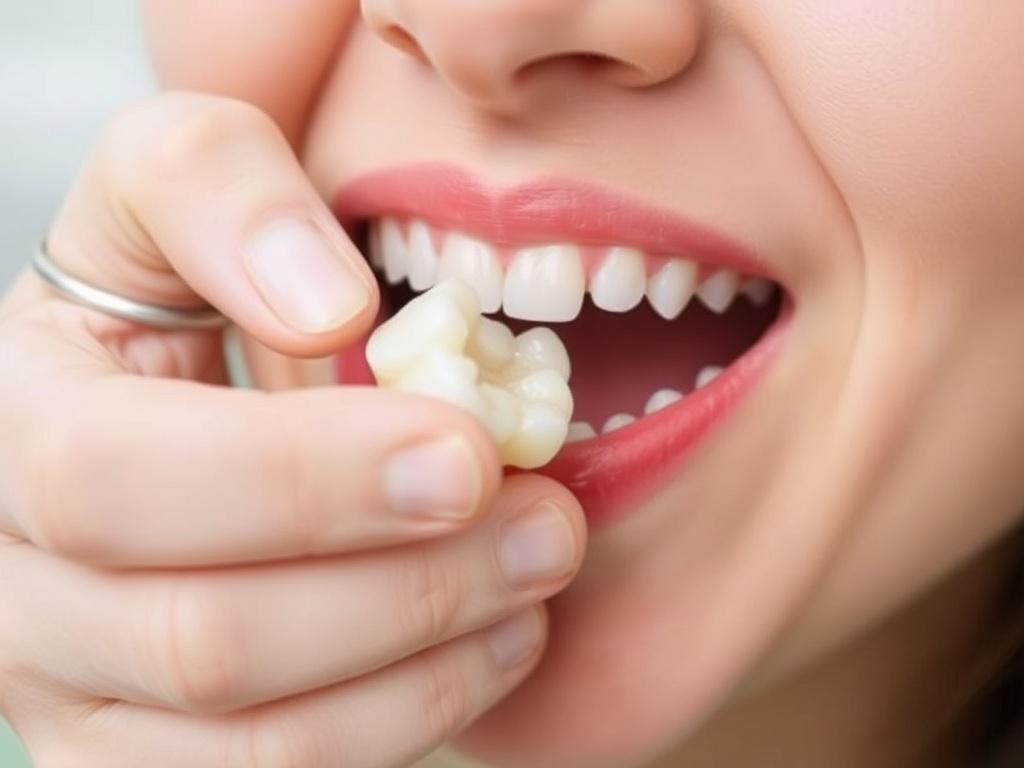
When you arrive at the dental clinic, the dentist will conduct a thorough examination to assess the damage. If the tooth is viable, they will reposition and splint it to surrounding teeth for stability, usually for 1-2 weeks. The dentist may also schedule follow-up visits to check healing and perform root canal treatment if needed.
If the tooth cannot be saved, your dentist will advise on replacement options which may include dental implants, bridges, or partial dentures. They will help you make an informed decision tailored to your needs and budget.
Dental Treatments Following Tooth Knockout
| Treatment | Description | When It’s Recommended |
|---|---|---|
| Reimplantation | Reinserting the tooth into the socket and stabilizing it | Within hours after the tooth gets knocked out |
| Root Canal Therapy | Removing infected tissue and sealing the tooth | If the pulp is damaged or infected post-reimplantation |
| Dental Implant | Artificial tooth root placed into the jawbone, topped with a prosthetic | When the tooth cannot be saved or days after avulsion |
| Dental Bridge | Fixed prosthetic replacing one or more missing teeth, anchored to adjacent teeth | Alternative to implants for replacing lost teeth |
Conclusion
When a tooth gets knocked out, acting quickly and correctly can save your natural tooth and prevent further complications. Knowing what to do—from how to handle the tooth, the best way to store it, to getting immediate professional care—can transform a dental emergency into a manageable situation. Remember to remain calm, avoid common mistakes that damage the tooth, and seek emergency dental attention as soon as possible. Prevention through protective gear and awareness also plays a vital role in avoiding tooth avulsion. Whether it’s you or a loved one who faces this unexpected situation, being informed increases the odds of keeping your smile intact for years to come.

